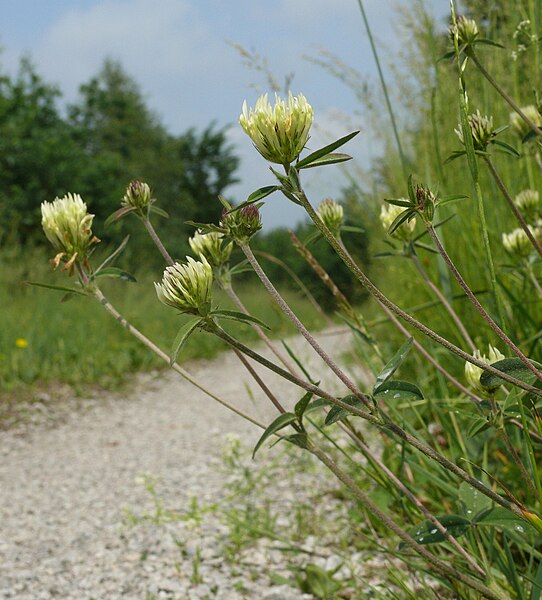... and botanists go out in the mid-day sun on the hottest day of the year so far. Crazy, but I'm not one for wasting sunshine (I live in Leeds after all), especially after a spring lost to covid and excessive rainfall. So, I took one of my lazy weekend routes out along the shade of the river corridor towards Mickletown (VC63) and then back via St Aidan's (VC64).
Over the winter the Canal and River Trust had cleared a path through the woodland on the river bank near Lemonroyd Marina (VC63). This new route gave me the first good find of the day - several bushes of the irredeemably pungent Stinking Tutsan (Hypericum hircinum subsp. majus). A new species for my home patch.
Further on, and handy for comparison purposes, I found another bush likely to be part of this hybrid spectrum. Its a common form with very large nuts that are about as long as wide. Under Peter Sell's classification it can be called Corylus avellana f. grandis. Again the involucre exceeds the nut, which is a trait potentially derived from Filbert.
* Update: I would modify this to accords with the pictures in Sell & Murrell. The descriptions seem back to front with the pictures. While it would be tempting to rely on the descriptions, I am also swayed by the description of var. grandis (the "big round nut" as originally defined in its latin diagnosis) in this account (European Journal of Taxonomy 409(409):1–45). This also seems to indicate that f. schizochlamys is not correctly applied in Sell & Murrell. All this is possibly academic given the more you look, the more variation can be found. It seems likely that these named forms only represent a tiny proportion of the true variation of this long cultivated tree, and at best are only loose groupings. I am increasingly inclined to take the stance of Alan Leslie in his excellent Flora of Cambridgeshire.




























